Wild horses have always been accompanied by a certain ideology. Strength, majestic beauty, resilience…these are the qualities we tend to link to these interesting and unique creatures. The Namib wild horses are arguably the only herd of feral horses left in Africa. However a question that few people have the true answer to is: what is the origin of these distinct creatures?
There is no concrete evidence for the herd’s history, but theories and speculation have allowed for a loose idea to develop. The two theories that make the most sense are that the horses of today are decedents of the Union of South Africa troops that were stationed close to Garub during World War I. This group was sustained by the borehole that was located in the area. After the German Troops bombed the Union Camp on 27 March 1915, it was thought that they did not have the time required to recapture all the horses. Therefore the horses remained in the area, free to roam as they please.
Another theory that goes hand-in-hand with the above mentioned, is that the horses’ origins are linked to the mayor of Lüderitzin 1909 to 1914, Emil Kreplin. Kreplin owned a stud farm just south of Aus where he bred workhorses for the mines and racehorses to be used in town. Thanks to photographic evidence of the said stud farm, found by Walter Rusch, similarities can be seen with regards to characteristic markings of the stud horses and the present-day wild horses. These similarities show traces of Hackney, Trakehner and Shagya Arab breeds.
Because of the war and ensuing depression in Europe, Kreplin lost his fortune and his farm. This allowed the horses, now without an owner and no fences to keep them caged, to move freely and follow the scattered rainfall in the area. Eventually these unique creatures would have made their way to the water source at Garub.
The Kreplin horses would have joined the Union horses to create the herd that lives in the area today.Over time this herd has become known as a breed it its own right, namely the ‘Namibs’.This herd lives within the restricted Sperrgebiet diamond area, which has provided safety from hunters and poachers. And they have adapted to the harsh conditions of the arid region.
The fascination these animals inspire is linked to their representation of freedom. This is one of the reasons why the herd has become such a successful tourist attraction. However this stunning attraction, like many other parts of the country, is suffering under the weight of the heavy drought we are experiencing.
The herd’s numbers have always fluctuated depending on available grazing, but where it once stood at more than three hundred horses, In July a mere 148 remained, and numbers have decreased even further.
The herd has not had any surviving foals in the past three years and the lack of grazing is taking its toll.Younger stallions were faring better than the older generations that were suffering from malnutrition influenced by their age.
The biggest threat right now is from spotted hyenas, as the horses no longer have the strength to outrun them or defend themselves against them.
Thankfully this cause has enjoyed tremendous support from a vast amount of sources. However it may not be enough to support the entire herd for the months it may take for the raining season to begin. The horses’ diet consisted mostly of lucern, but has recently shifted to grass as the lucern provides too much protein. Take a look at the video below, where equine specialist Dr Telané Greyling explains the current situation and what it may mean for the horses.
http://www.youtube.com/watch?v=XoKIVNWFxmI
If you may be interested in supporting the herd, we welcome and appreciate any additional aid.
Donations can be made by EFT of credit card. Bank details:
Beneficiary: Namibia Wild Horses Foundation
Bank: First National Bank of Namibia
Account number: 62246659489
Account type: Savings
Branch code: 281479
Please email details of any funds deposited to telanie@namibhorses.com
More on the history, background and behaviour of the wild horses can be found in the book Wild Horses of the Namib Desert by Telané Greyling, Mannfred Goldbeck and Ron Swilling.
If you have any stories about or experiences with the wild horses of the Namib, please share them with us in the comment section below.
Author – Jescey Visagie is a proud Namibian and is passionate about writing and language. Tag along for the ride as she tries to uncover new insights into Namibia and explores what the country has to offer.

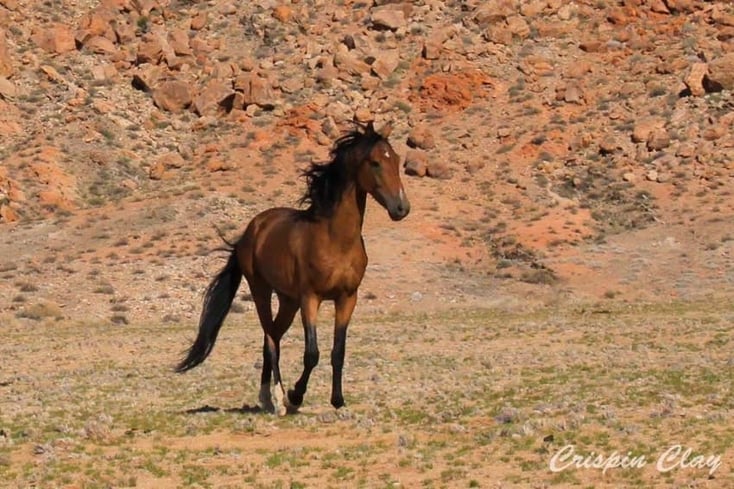
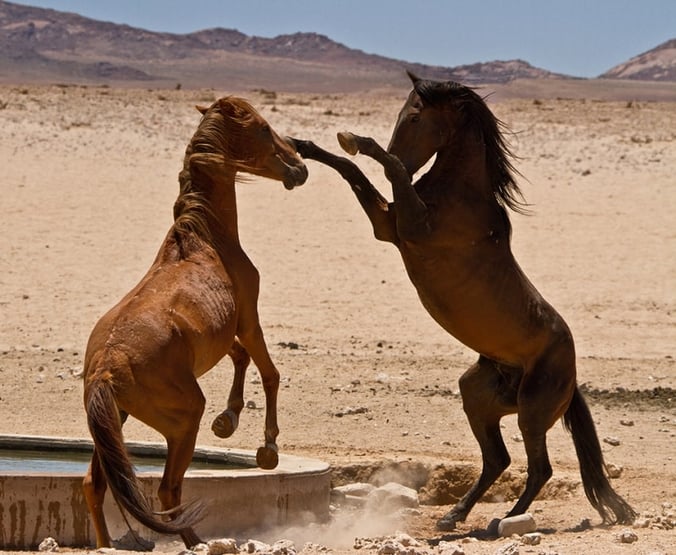
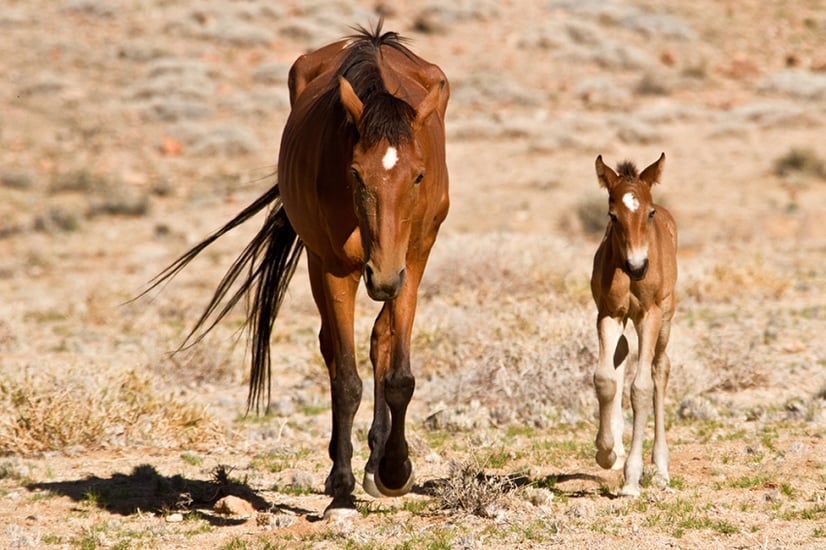
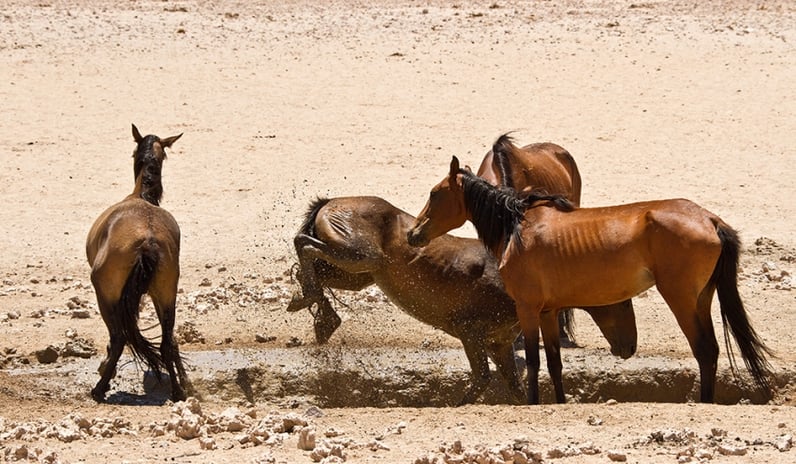
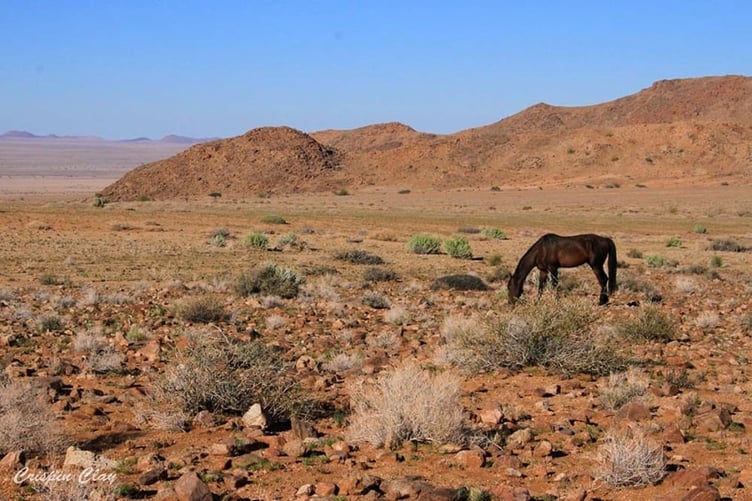
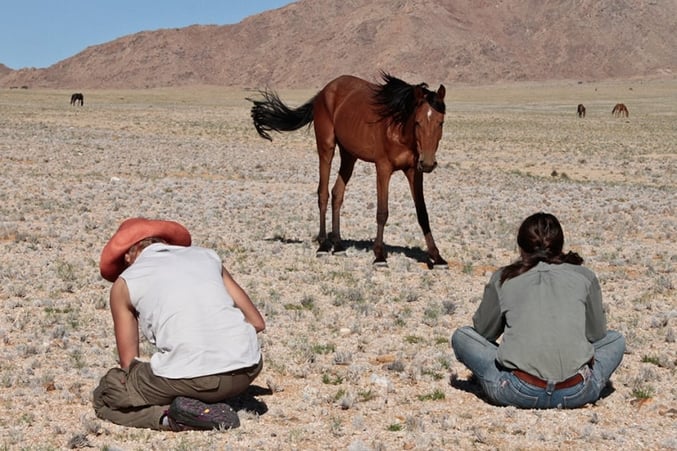
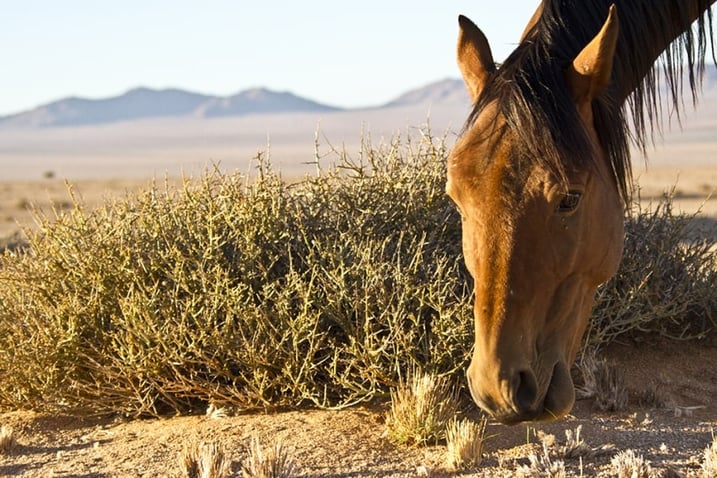

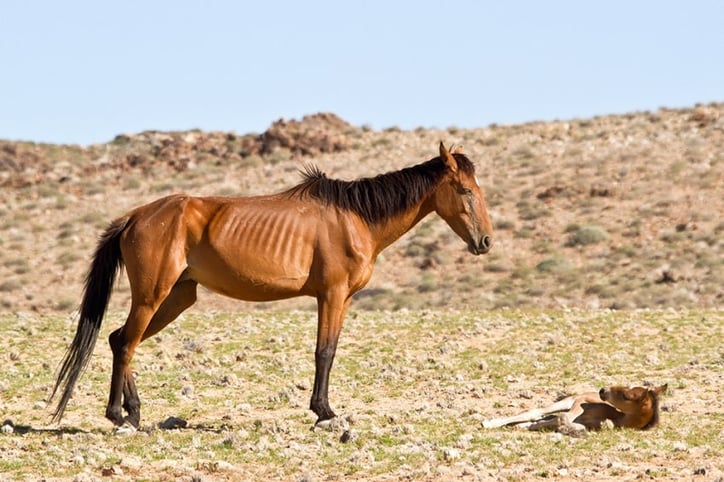
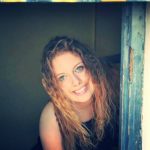
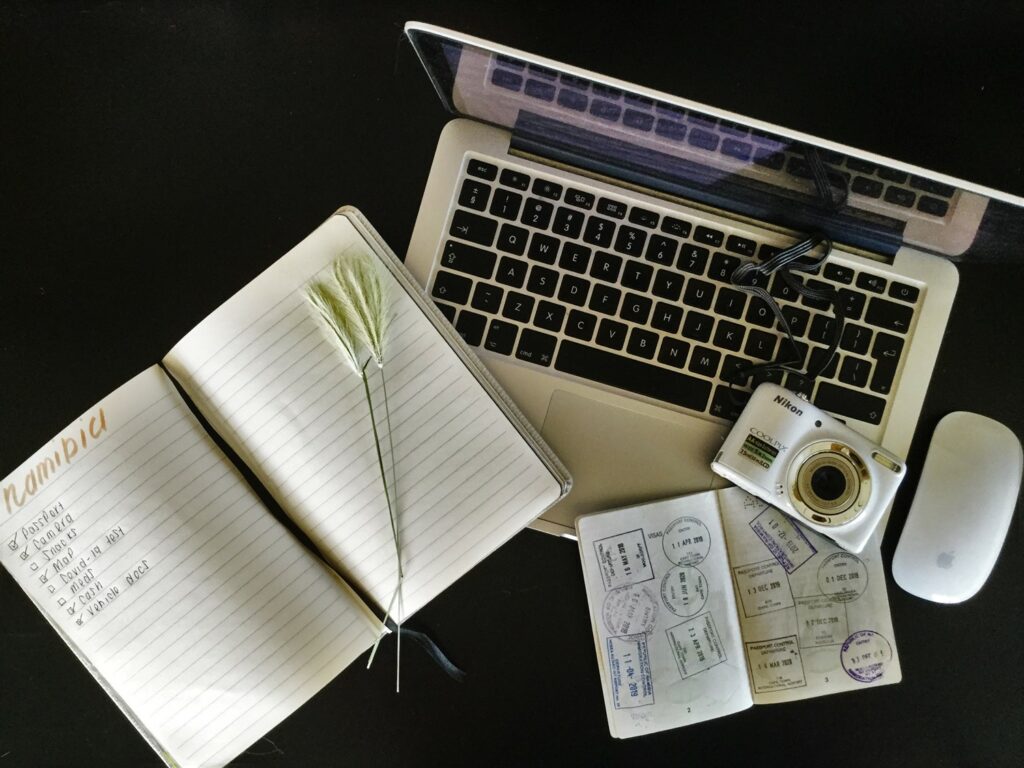
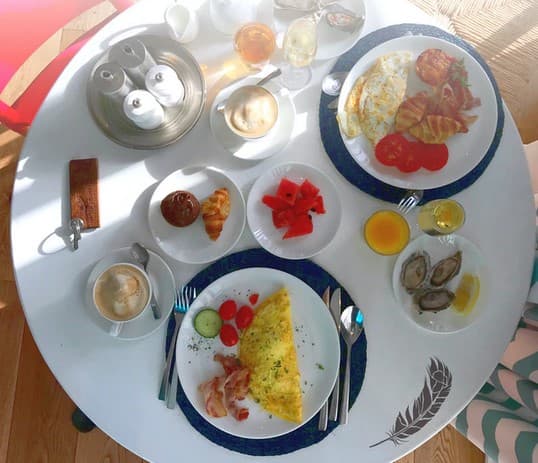
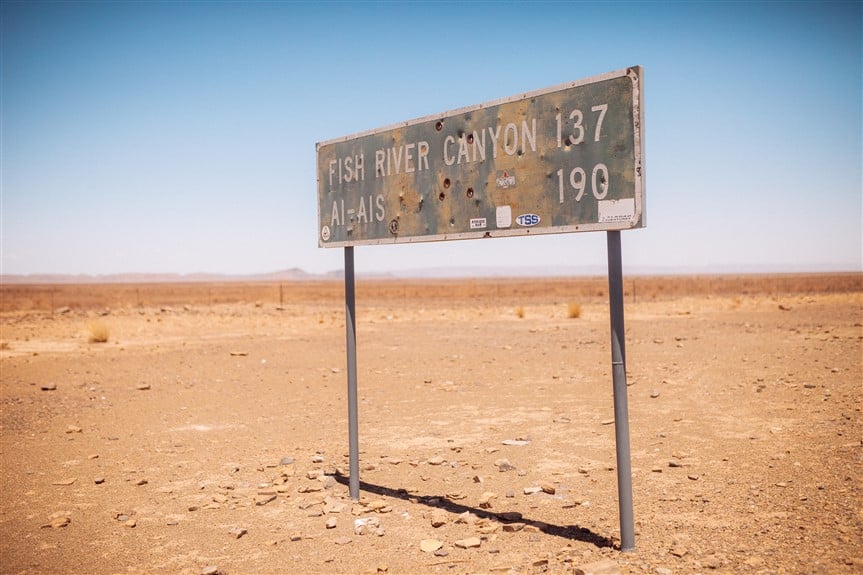

SUBMIT YOUR COMMENT